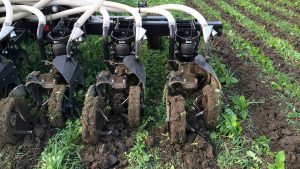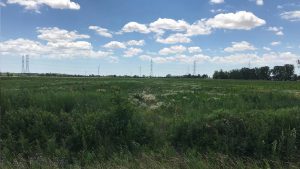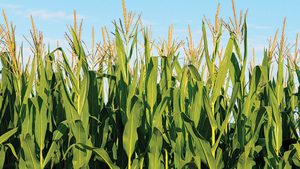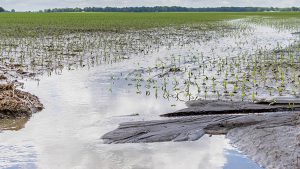Soil sampling
a FOUNDATION OF THE 4RS
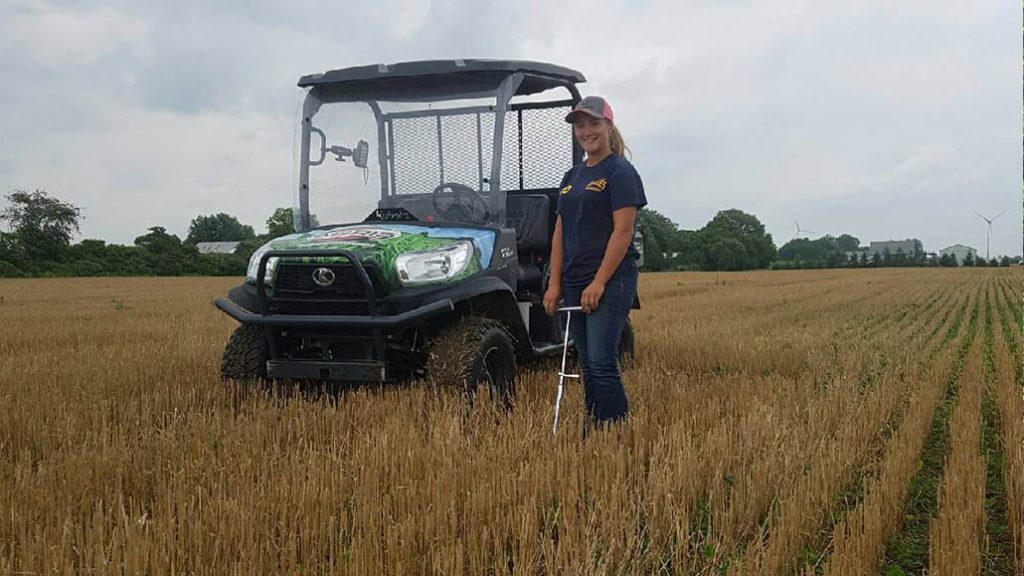
HAVE YOU EVER made a large financial decision without examining your bank balance? Have you ever looked at your soil like a bank account?
Your soil acts as an account for your current nutrient levels. If the account is too low, you risk hindering your crops yield potential. If the account is too high, you risk both economic and environmental loss.
And just like a bank statement provides you with your financial account details, a soil sample provides your nutrient account details.
In Ontario, the 4R Nutrient Stewardship certification standard was created as part of a voluntary initiative to improve water quality while optimizing the crop uptake of nutrients and minimizing nutrient losses. The 4R’s are based on the principles of the Right Source at the Right Rate, Right Time, and in the Right Place.
But the reality is that none of the 4R’s can be achieved without a soil sample.
The 4R standards specify that a soil test needs to be conducted at least once every four years. And certified crop advisors (CCAs) involved in implementing and following these standards agree it is the foundation of any effective 4R plan.
WHY SOIL SAMPLE?
Soil testing gives you a better understanding of your soil’s fertility and can allow you to make better decisions to maximize production while ensuring minimal environmental losses.
Updated soil tests are the foundation to any cropping plan as they create a necessary baseline to understanding where your soils current nutrient levels are. According to Steph Kowalski, CCA and agronomy lead for the Agromart Group, it is nearly impossible for an agronomist to make accurate nutrient recommendations when you don’t have a soil test.
“Having an updated soil test, along with records of previous soil tests, allows an agronomist to identify trends and to understand where your current nutrient balance is,” she says.
While some may balk at the cost associated with soil sampling, the information provided outweighs the cost. Kowalski says farmers need to change their mindset and make testing an integral part of their annual cropping plan.
“Every year we take machinery, which is a depreciating asset, and it goes into the shop for service. Whereas our fields, our appreciating asset, we may question why we should spend hundreds of dollars on soil sampling.”
Sampling results describe the soil conditions through three main elements. The soil reaction is either acidic or basic (determined by soil pH and BpH); soil organic matter (SOM) content as a surrogate measure of soil health, essential nutrients of primary, secondary and micronutrients; and cation exchange capacity (CEC).
“It is predictive of crop performance, based on the values reported,” says Dale Cowan, CCA and senior agronomist and sales manager with AGRIS and Wanstead Cooperatives. “A low pH will limit the growth of most broad acre crops, essential nutrients testing low will be yield limiting. The values of pH, SOM, and CEC can be used to select appropriate herbicides. It is prescriptive as we have calibration data to turn soil test values into nutrient recommendations to amend the soil in very precise ways.”
As noted earlier, some may avoid soil testing and rely instead on applying nutrients based on known crop removal rates.
But Cowan cautions, this is not without its own risk because without a soil test you have no indication if your field has a surplus or deficit nutrient value. Without any indication of nutrient levels, applying nutrients at the crop removal rate with a low soil nutrient value will prevent you from optimizing yields. On the other side, applying additional nutrients, when soil tests indicate they are already excessive, increases their environmental footprint and ultimately may not be optimizing harvested yield as crops are likely not maximizing nutrient utilization.
Looking at the overall sustainability of a crop, soil sampling gives us the necessary foundation to tailor our nutrient needs in a very site-specific way, so we do not need to rely on a one-size-fits-all approach.
TIMING IS EVERYTHING
Having a single soil report is good, but having a series of soil reports over many years is the ideal situation. No matter what crop rotation you use or where in the province you farm, agronomists note it is important to always sample your soil at the same time of year.
“What we don’t want to see is someone getting in the habit of doing some samples in April and some in September,” says Clare Kinlin, CCA and sales manager of the Crop Division for MacEwen Agricentre Inc.
Consistency is key and if you constantly sample during the same time of year the opportunity exists for greater comparisons in test results year over year.
For those with wheat in their rotation, after wheat harvest is a great time to sample. But we know with different crops and rotations across the province, a large percentage of fields may not ever see a wheat crop.
Kinlin’s advice is to tie things to a time schedule not a crop schedule.
If soil tests show nutrient levels are increasing, then your applications of nutrients are exceeding their removal by the crop. If soil tests show nutrient levels are declining, then the opposite is true. If the values stay constant, then there is a balance in the cropping system.
As we embrace sustainability in agriculture, in particular 4R Stewardship, soil sampling is a corner stone of our efforts. There is no other way to assess the soils productive capacity and determine what amendments, if any, are needed to optimize cropping system performance.
For more information on the 4R Stewardship Certification talk to your agricultural retailer or CCA about soil sampling services they can offer to help achieve the 4R’s.
Mike Buttenham is the sustainability and environment coordinator for Grain Farmers of Ontario. •
























